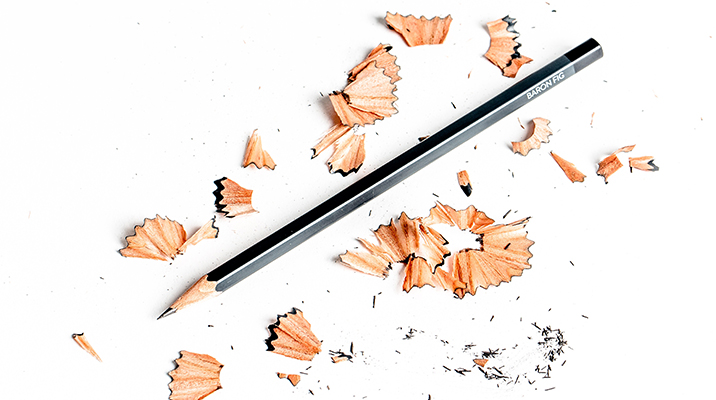Flight of a Starling: Cover Thoughts

By Danielle Carnito, Trade Art Director
A novel cover came across my desk sometime last year, from one of our UK partners. That cover was for Flight of a Starling, by Lisa Heathfield. As we’re publishing the North American version of this book (coming out on Feb 5, 2019!), my job at this point was to assess whether the existing cover design would work for our particular market.
Do we always redesign a cover? No, we don’t. In fact for Lisa’s previous book, Paper Butterflies, we kept the original UK cover. This cover was later changed in their market to make a consistent look for author Lisa Heathfield’s books, the style that this cover for Flight of a Starling fits right into.

The original is an attractive, well designed cover. Based on aesthetics alone I didn’t see a particular need to rework. However, once I read the book I knew it needed to be something more emotional. I won’t give away the ending here… but let’s just say this novel doesn’t have the most cheerful outcome I’ve ever read. That, combined with the fact we didn’t need to match a style as all of her UK covers did, made the decision to rework for our market an easy decision. After making sure a couple more key players were on board with that, I went about my merry way redesigning a front that would evoke more of the sense of the story.
I started in wondering, dreaming, rereading sections, thinking, sketching, jotting down recurring themes while reading. Questioning: How can we show the emotional weight? The backdrop is a traveling family circus, how can I bring in the circus theme without bringing in the more gaudy nature of that sort of design? The two main characters, Lo and Rita, put themselves in physically dangerous positions in their circus performances—can I use that sort of performance imagery to bring suspense? And, using the rule of not dismissing ideas during brainstorming…wouldn’t it be so very cool to have a murmuration of starlings on a book cover? They’re such a hypnotic thing to watch in person…
The Resulting Cover

This cover keeps the colors from the original as they do have meaning in the book, but in a more muted way; typography that that hints at a circus poster; and uses the precarious upside down position of the trapeze artist to show the potential danger, be it physical or psychological. Or, it could be Lo’s world turning upside down, if you’d rather that visual metaphor.
(And as for the murmuration idea: I still hold that would be cover you wouldn’t be able to take your eyes off of. However, it’d have to be an animated cover. Once print technology is up to the task, I’ll be all over it!)
—
Comments
Lovely blog post! It’s through the thinking, jotting down, revising and hard work that good art is made — as you so elegantly pointed out. Brainstorming rules and so does #carnitopower
Thanks, Charles! It’s true, hard work does indeed matter.
#insertcharleswatershashtaghere